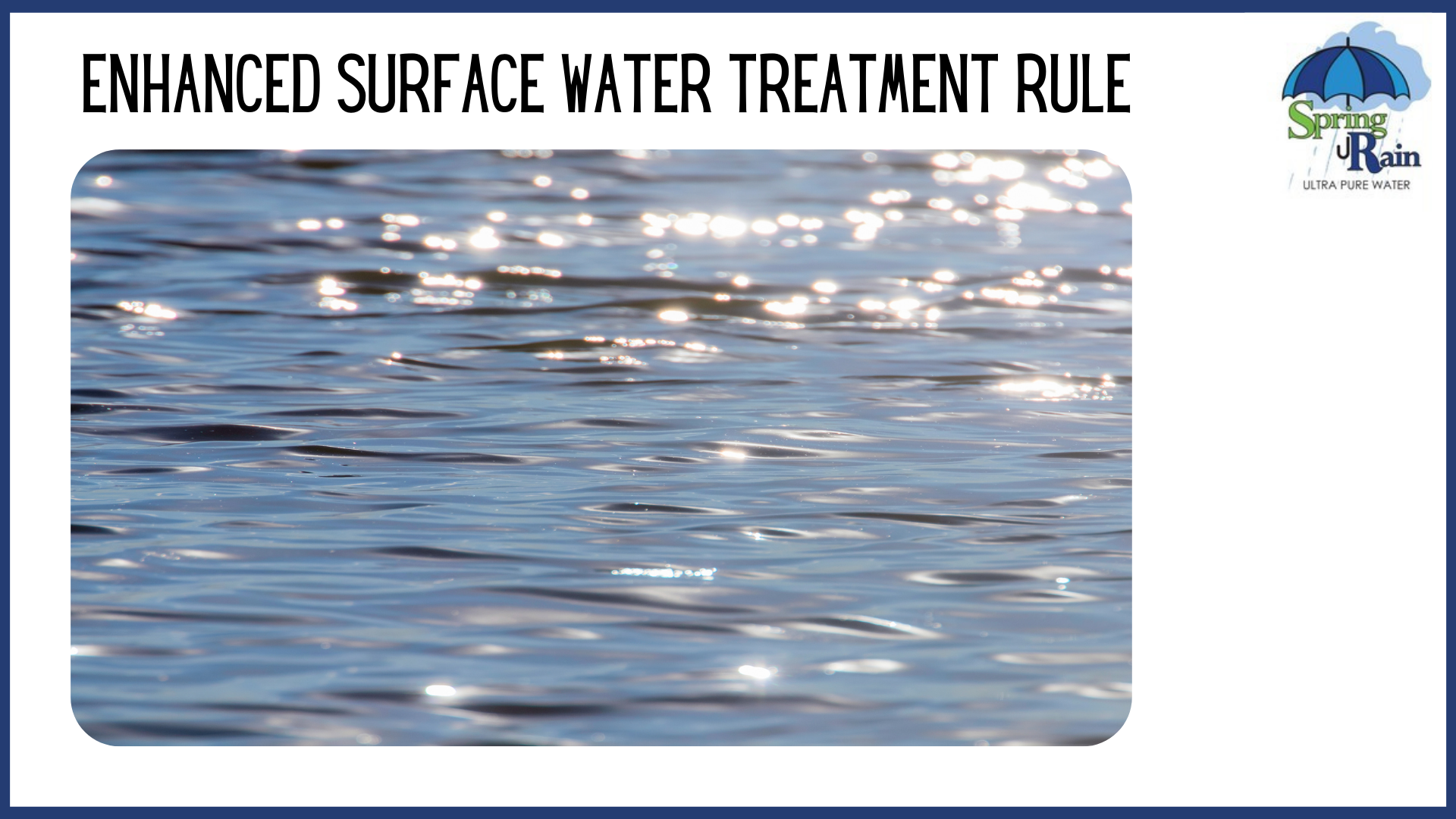Certain microorganisms in drinking water can cause diseases. The LT2 ESWTR was created to reduce these diseases by requiring suppliers to treat drinking water specifically for Cryptosporidium.
Cryptosporidium is a parasite that causes diarrhea, cramps, nausea, and vomiting. It is very small (you can only see it with a microscope) and goes through many stages as it grows inside the human body.
When Cryptosporidium is found in drinking water supplies, people who drink the water may become sick. Even though it has been known as a problem since 1979, Cryptosporidiosis has been increasing in frequency where drinking water has been disinfected using chlorine or bromine alone.
The chemical forms of these two common disinfectants do not kill cryptosporidium at levels allowed by current regulations. In addition, their use allows the formation of byproducts that may be carcinogenic.
To protect people from the disease-causing microorganisms that Cryptosporidium can cause, the LT2 ESWTR requires some suppliers to treat their water supplies with chemicals that control Cryptosporidium. It also helps ensure protection against other microbes harmful to human health, while allowing for reduced levels of disinfection byproducts in treated water.
The rule provides an alternative to existing regulations for public water suppliers serving fewer than 10,000 people. If you are a supplier who serves between 1,000 and 3,300 customers (or if you serve more than 10,000 but are not required to make quarterly monitoring reports), then your system can meet the requirements of this rule by following the same Cryptosporidium treatment requirements (Maximum Contaminant Level of zero) that are in place for systems serving more than 10,000 people.
The LT2 ESWTR requires all public water suppliers to monitor their finished tap water for Cryptosporidium oocysts at least once every four months (or 12 times per year). Suppliers can choose to monitor more frequently; quarterly or twice monthly monitoring is recommended.
The results of these tests show whether your system's filtration and disinfection processes control Cryptosporidium in your community's drinking water. If you have to add extra processes because the level of cryptosporidium in your system exceeds five oocysts in a liter, then you must do additional monitoring.
The LT2 ESWTR is a new regulation and was created to reduce diseases associated with Cryptosporidium and other disease-causing microorganisms in drinking water. The Rule supplements the existing regulations by requiring additional Cryptosporidium treatment at higher risk water suppliers. This regulation also helps to ensure that suppliers maintain protection against microorganisms as they take steps to reduce the formation of disinfection byproducts.
- Will your system be required to install any equipment? If so, what kind?
If your local water service purchases or draws water from a surface source (lake, river, etc.) they will most likely be required to install a green sand filter plant for primary filtration.

Recent Comments